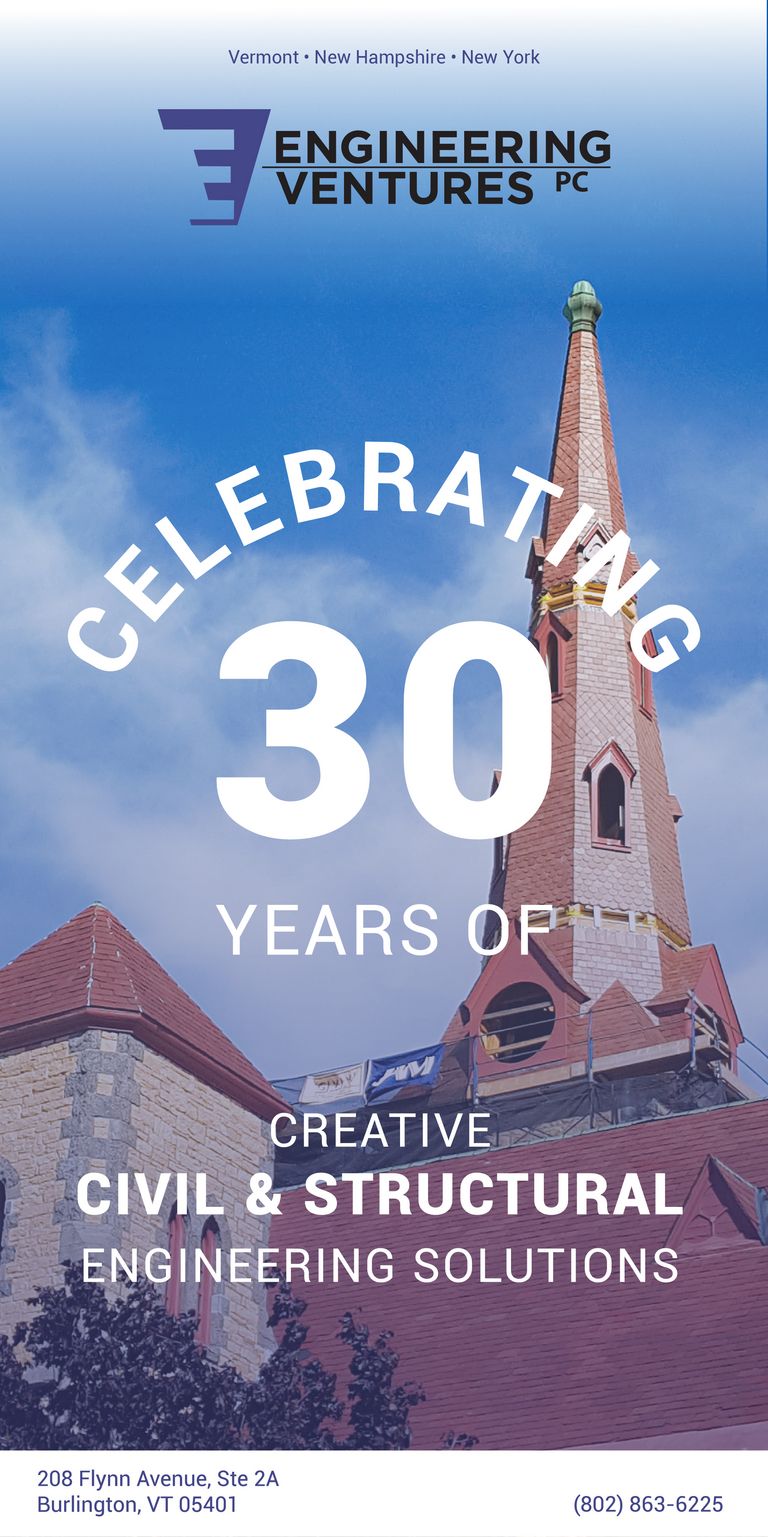AIA New England Design Awards: Winners & Event Highlights







AIA Vermont’s Board of Directors began a deep-dive earlier this year when they dedicated half of their day-long board retreat to planning the 2020 AIA New England design awards, an annual event that each New England chapter hosts on an eight-year rotation. Excited at the prospect of bringing architects from throughout New England to the state of Vermont, they discussed building tours, charrettes, keynotes, panel discussions, venue ideas, and more. Then COVID-19 hit, and suddenly, it was unclear if an event was going to take place at all.
Understanding architecture’s vital role in bringing communities together, AIA Vermont’s Public Outreach Committee realized the need to put COVID front and center for the virtual event. They began to develop the concept of a panel discussion that would pull experts from a variety of areas of expertise, and ask them to discuss the changes that we are seeing on a societal level, and how these things may influence architecture and design for years to come. Watch the Panel Discussion portion of the program.
The Awards Committee realized that they were going to need a jury to meet remotely, with deliberations happening via Zoom. While everyone groaned at the prospect of a multiple hour zoom call, it also became apparent that not hosting an in-person deliberation actually meant that jury members could be joining from across the country. AIAVT Board President Taryn Barrett proposed a desire to put together a diverse jury, with representatives from a variety of places and perspectives. Free from geographic limitations, the committee worked to bring together jurors from Texas, Minnesota, and areas throughout New England, ultimately building a fantastic slate of dedicated jurors.
The next big question was the awards presentation. How could AIA Vermont effectively honor the winners on a virtual platform? While discussing ideas for the virtual program, the Public Outreach committee noted the jury deliberations would take place on Zoom, and an opportunity presented itself to record that meeting. That allowed the jury’s conversation to be incorporated into the awards presentation itself. As you watch the announcement of award winners, you are also hearing the jury’s conversation that led to them deciding that a project was deserving of an award, and why. This opportunity let every audience member be a “fly on the wall” during the jury’s selection process and has proven to be an incredibly valuable insight for all who watch. It is particularly informative for firms who make note of the suggestions jurors make for what they would like to see in a submission, such as Catherine Miller’s casual observation of one project’s description that, “they included bullets in their description-- they must have been on a jury before.” John McLeod, Principal at one of the winning firms, McLeod Kredell, related the experience of watching the presentation, “We had a little gathering here at the office and watched it, and we thought it was actually better in some ways than the in-person events! Especially hearing the jury’s discussion of design excellence and their approach to judging, along with the commentary on the individual projects. We knew we wanted to submit to New England this year because you put together such a top-notch jury”
Additionally, the idea of asking jury members to participate in a round-table discussion began to take shape, and three short but engaging questions were proposed by Awards Committee Co-chair, Jeff Stetter, to the jury to kick off their deliberations. Those questions included:
- What is the first thing, upon reviewing a submission, that tells you this project might have the potential for an award?
- The main judging criteria for the awards is design excellence. What are some things that define design excellence for you?
- Have recent events changed your perception of design excellence?
The resulting conversation among the jury members was a robust discussion of their process, the importance of excellent design, and how that definition has grown and expanded to take into account the very real challenges that architects face in designing for their communities today. The Jury Roundtable became its own segment of the design awards event, and preceded the award presentation, giving some insight into how the jury ultimately selected the projects to be honored.
While hosting a large virtual event originally posed some challenges to AIA Vermont, our Board of Directors seized the opportunity to make an engaging and interesting event for all. There were some solutions that being virtual afforded our chapter, that would not have been possible at an in-person event. It is inspiring to think of the ways in which our world is changing for the better, and how designers are continually iterating to make communities better as a result.
Congratulations to the 2020 AIA New England Winners:
- Honor Award, Alnoba, Kensington, NH by OPAL Global LLC
- Honor Award, Memorial to Enslaved Laborers, Charlottesville, VA, by Höweler + Yoon
- Honor Award, Boston University Joan & Edgar Booth Theatre and College of Fine Arts Production Center, Brookline, Massachusetts by Elkus Manfredi Architects
- Honor Award, Island Residence, Edgartown, Massachusetts by Peter Rose + Partners
- Honor Award, High Performance Affordable Housing - Habitat for Humanity, Middlebury, VT by McLeod Kredell Architects
- Honor Award, Rockwell Integrated Sciences Center, Easton, PA by Payette
- Honor Award, Parris Terraces, Portland, Maine by Kaplan Thompson Architects
- Honor Award, Mount Auburn Cemetery Bigelow Chapel and New Crematory, Watertown, MA, by William Rawn Associates, Architects, Inc.
- Honor Award, MIT.nano, Cambridge, Massachusetts by HGA Architects and Engineers
- Merit Award, More with Less, The Far Cabin, Midcoast Maine by Winkelman Architecture
- Merit, More with Less, Takahashi-Harb Loft and Library, Milford, CT by Naomi Darling Architecture LLC
- Merit, More with Less, NEST, Union Elementary School, Montpelier, Vermont, Tolya Stonorov, Norwich University School of Architecture + Art
- Citation Award, Catalyst Citation, Dorchester Brewing Co., Dorchester, MA, by RODE Architects
- Citation Award, Government Agency Citation, State of Vermont Agency of Administration, Agriculture & Environmental Laboratory (VAEL), Randolph Center, VT by CannonDesign
- Citation Award, Energy & Carbon Citation, Bristol Community College John J. Sbrega Health and Science Building, Fall River, MA by Sasaki
- Citation Award, Community Benefit Citation, Community Servings, Jamaica Plain, MA by Jacobs
- Citation Award, Community Citation, Jefferson Park Apartments, Cambridge, MA, by Abacus Architects + Planners
- Citation Award, Extended Use Citation, Pence Union Building, Eastern Washington University by Perkins and Will
AIAVT is grateful to our jury members for their diligence and commitment to a thorough deliberation and selection process: Catherine Miller, ASLA, H. Killion Mokwete, RIBA Chartered Architect, Julie Hiromoto, AIA, Julie Snow, FAIA, and Michael MacPhail
We are also very thankful to our panelists for their participation in our program: Phil Bernstein, Associate Dean of Architecture at Yale School of Architecture Aimee Vieira, Ph.D. Associate Professor of Sociology at Norwich University and Interim Director, School of Justice Studies and Sociology Arthur Brooks, Teacher at Bennington College, Musician and Founding member of Ensemble 5 John Fernandez, Director and Professor, MIT Environmental Solutions Initiative Steve Pecsok, Ph.D. Assistant Professor of Economics at Middlebury College, and our Co-Moderators: Gregor Masefield, AIA and Jeff McBride, AIA
Thank you to our sponsors, who made this event possible:
Underwriter: Axis Lighting
Silver Sponsors: Pella Windows, Huber Engineered Woods
Our Bronze Sponsors: rk Miles, Sierra Pacific Windows
A massive thank you goes to the event’s organizers and producers:
AIAVT’s Board: President: Taryn Barrett, AIA, Duncan Wisniewski Architecture; Vice President: Catherine Lange, AIA, Freeman French Freeman; Secretary: Marjorie Dickstein, AIA, Dore + Whittier Architects; Treasurer: Andrew Schlatter, AIA, Associate VP for Facilities Management and Planning, Bennington College; Immediate Past President: Joel Page, AIA, Scott + Partners, Inc.; Matt Bushey, AIA, TruexCullins Architecture & Interiors; Evan Champagne, AIA, E4H, Environments 4 Health Architecture; Lealoni Coathup, Assoc. AIA, EPN Rep;Eleanor D'Aponte, AIA, Architecture & Art Faculty, Norwich University; Peter Kelley, P.E., DEW Construction; Gregory (Gregor) Masefield Jr., AIA, Studio III Architecture PLLC, Jeff McBride, AIA, Birdseye; Megan Nedzinski, AIA, Vermont Integrated Architecture, PC; Jim Williams, AIA, Williams & Frehsee, Inc.
AIAVT’s Committee Members: Jeff Stetter, AIA; Ryan Edwards, AIA; Peter Abiles, AIA
Thank you Channel 17 CCTV for production services.















